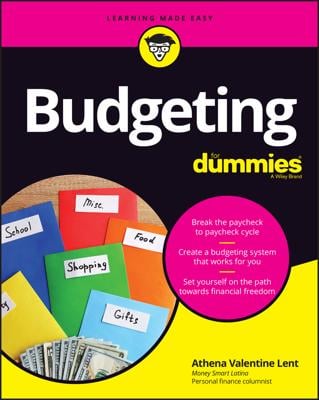Does the word budget send chills up your spine? It shouldn’t. Budgets allow you to have some control over what you spend. A monthly budget can help you to decide how to spend your money, plan for your future, pay off existing debt, and save a few pennies each month by reducing wasteful and impulsive purchases. To create your monthly budget
Categorize your expenses.
When you begin setting up a monthly budget, start with big categories before breaking your budget down into smaller expense categories.
From your list of expenses, develop two separate budget lists, one for essentials and the other for extras.
Within each general budget category, some items are essential (the mortgage or rent payment, electric bill, and groceries); others are extra (new furniture, gifts, and pizza delivery).
Look through these lists to find flexible budget expenses where you can cut back.
Put a star next to these flexible items so you can identify them.
Estimate what you spend.
Go through your checkbook and any other receipts or records you’ve kept over the past few months so you can track how much you actually spend on both essentials and extras.
Add up your budget essentials list and the extras list separately.
By keeping the lists separate, you can make cuts more easily, if you need to.
Subtract the essentials total from your monthly income and, if you have money left over, subtract the extras total from that amount.
If you still have money left over, great! Look into a savings or investing plan (talk to your bank or a certified financial planner for help setting up a plan).
If your extras list takes you into negative numbers, start looking for places to cut back.
You can also trim from the extras list to put more money toward debt repayment if that’s a high priority in your financial picture.

